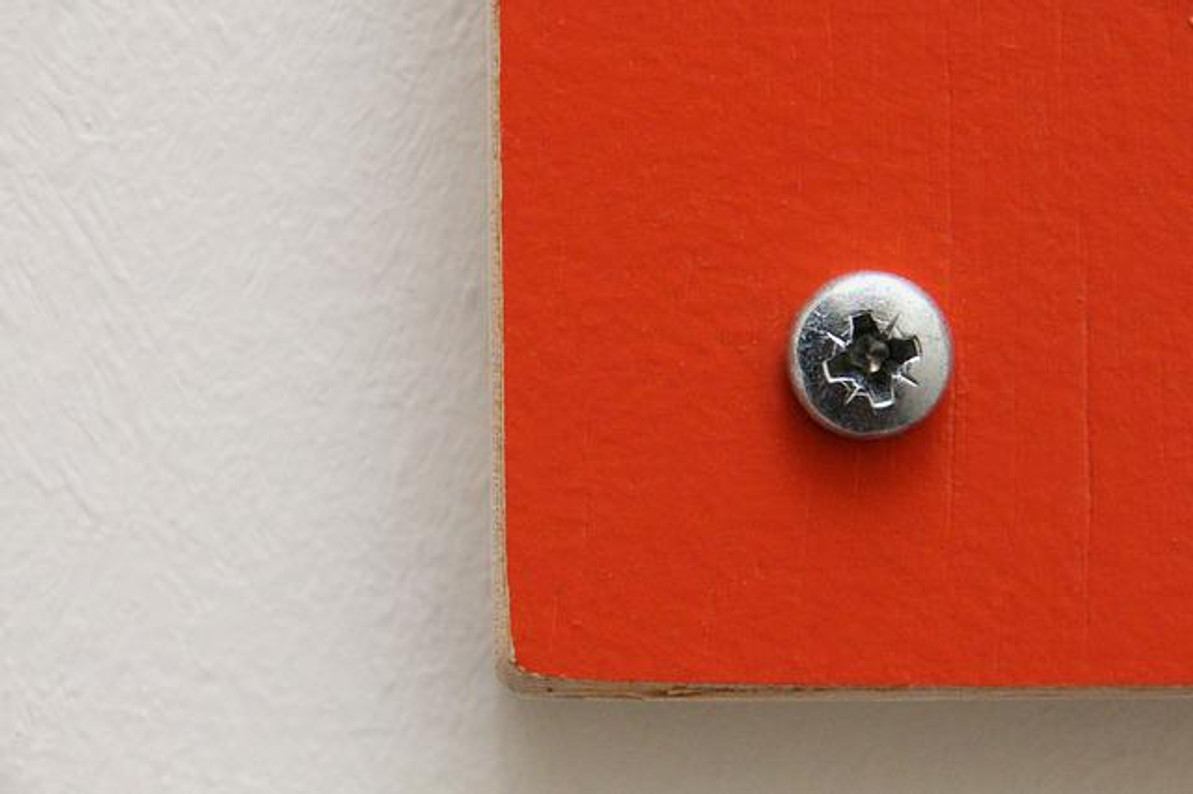How to Install Screws Without Splitting Wood
Screws offer a simple and effective fastening solution for wooden surfaces. You can fasten objects to wooden walls and other wooden surfaces by driving screws through them. Using a power drill, you can drive a screw through the object and into the wooden surface.
Unfortunately, wooden surfaces are susceptible to splitting. As the screw digs into the wooden surface, it may cause it to split. You can install screws in wooden surfaces, but you should take precautions to prevent the wood from splitting.
Start With a Pilot Light
One of the most important things you can do to prevent wood from splitting is to start with a pilot light. In other words, drill a small hole in the wooden surface with a drill bit. After creating this pilot hole, you can then drive the screw into it. A pilot hole will provide a uniform passage for the screw. And by creating a pilot hole, the wood will be less likely to split.
Choose Countersunk Screws
Some types of screws are more likely to split wood than others. If you're worried about splitting, choose countersunk screws. Countersunk screws are designed to sink into surfaces. They feature a recessed head when installed. As you drive a countersunk screw into a wooden surface, the head will recede so that the screw remains flush with the wooden surface.
Apply Consistent Pressure
Another tip to prevent splitting is to apply consistent pressure to the drill. Even if you use a power drill, you'll still need to apply pressure. Pushing the drill forward and against the wooden workpiece will encourage the screw to drive into it. But you should apply consistent pressure throughout this process. Applying uneven or otherwise inconsistent pressure may cause the wood to split.
Use a Low Power Setting
Before driving the screw into the wooden surface, adjust the power setting on your drill. Using a low power setting will minimize the risk of splitting. You don't need a high power setting to drive a screw into a wooden surface. A low setting will suffice while protecting the wood from splitting.
Consider the Humidity
Changes in the humidity level can affect whether or not wood splits. When the humidity level is low, for instance, wood is more likely to split when drilled. A low humidity level means the air is dry. And if the air is dry, wooden surfaces will be dry as well. You can still drive screws into wooden surfaces if the humidity level is low, but you may inadvertently split the wood during this process.
Recent Posts
-
Fire Safety in the Workplace: What You Need to Know
What steps are you taking to prevent fires in your workplace? According to the U.S. Occupational Saf …Aug 23rd 2023 -
Is It Safe to Go Jogging With a Cold Infection?
If you're suffering from a cold infection, you might be wondering whether it's safe to go jogging. T …Aug 22nd 2023 -
5 Safety Tips to Follow When Using a Powder-Actuated Tool
Powder-actuated tools are commonly used to join materials to steel and concrete. Also known as Hilti …Aug 20th 2023




